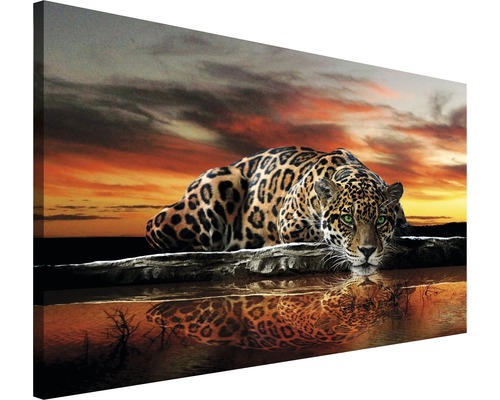Painting, an ancient form of art, transcends time and space, capturing the imagination and emotions of humanity for centuries. From the caves of Lascaux adorned with prehistoric abstract schilderij to the masterpieces of Renaissance artists like Leonardo da Vinci and Michelangelo, painting has served as a powerful means of expression, communication, and storytelling. Even in the digital age, where technology dominates many aspects of our lives, painting continues to thrive as a cherished form of artistic expression.
At its core, painting is more than just the application of pigment onto a canvas or surface; it is a language of emotions, thoughts, and ideas. Artists wield brushes, palettes, and colors as their tools to convey intricate narratives, evoke powerful emotions, and provoke thought within viewers. Whether it’s the vibrant hues of a Van Gogh landscape or the subtle chiaroscuro of a Rembrandt portrait, each stroke of paint holds a story waiting to be discovered.
One of the most captivating aspects of painting is its ability to evoke a wide range of emotions. A single painting has the power to transport viewers to different worlds, stir nostalgia, inspire awe, or provoke introspection. Consider the serene beauty of a tranquil seascape, the tumultuous energy of an abstract expressionist piece, or the tender intimacy of a mother cradling her child in a portrait. Through color, composition, and technique, painters craft visual experiences that resonate deeply with the human psyche, transcending language barriers and cultural divides.
Furthermore, painting serves as a mirror reflecting the artist’s inner world. Each brushstroke is a glimpse into the artist’s thoughts, feelings, and unique perspective on life. Whether it’s the surreal landscapes of Salvador Dalí, the emotional turmoil depicted in Edvard Munch’s “The Scream,” or the social commentary of Banksy’s street art, painting allows artists to channel their creativity and voice their concerns in a tangible, visible form.
Moreover, painting fosters a sense of connection and empathy among individuals. When we gaze upon a painting, we enter into a dialogue with the artist, interpreting their work through our own experiences and perceptions. Each viewer brings a unique perspective to the artwork, enriching the collective tapestry of human understanding. Through painting, we find common ground, empathy, and shared experiences that transcend boundaries of time, culture, and ideology.

